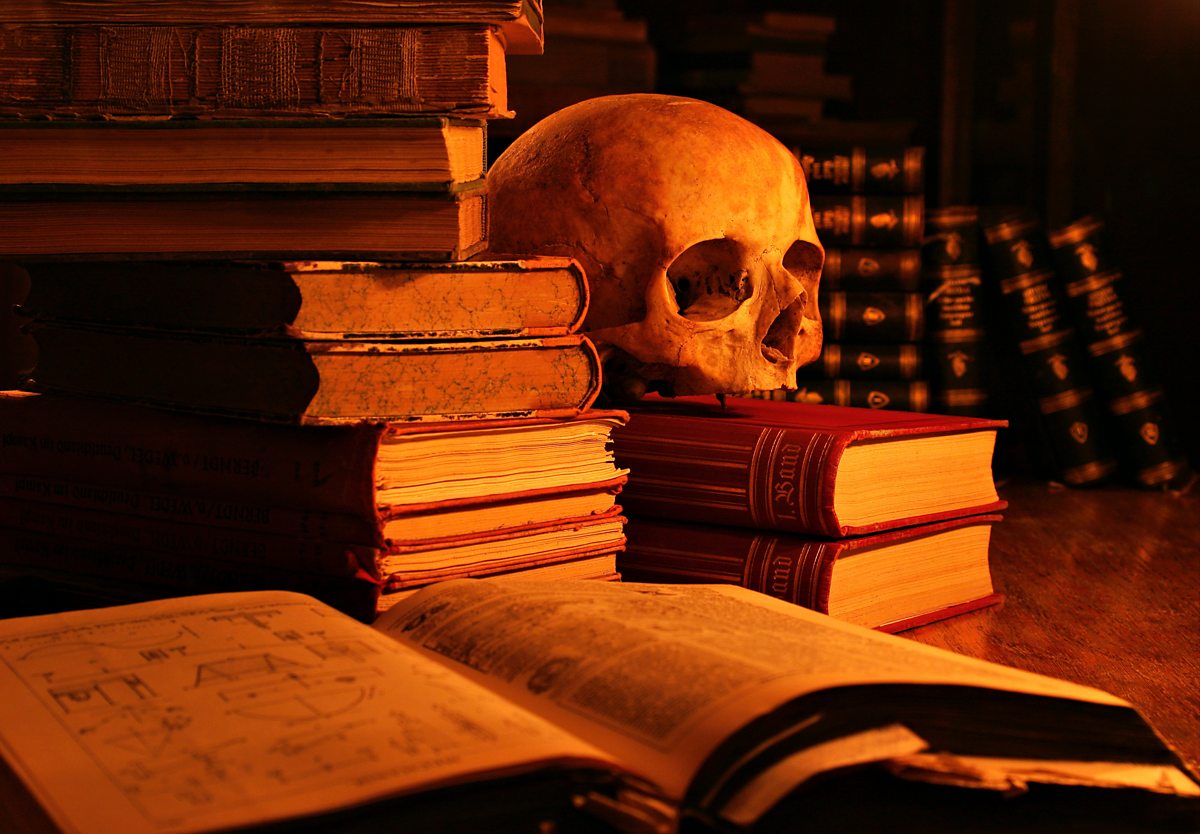
What makes Gothic novels so captivating? Gothic novels have a unique charm that blends mystery, horror, and romance. These stories often feature eerie settings like haunted castles, dark forests, and abandoned mansions. Gothic literature emerged in the 18th century, with Horace Walpole's "The Castle of Otranto" often cited as the first Gothic novel. Characters in these tales usually face supernatural elements, psychological torment, and moral dilemmas. Gothic novels also explore themes of isolation, madness, and the sublime. The genre has influenced countless authors and continues to captivate readers with its dark, atmospheric storytelling. Ready to dive into the world of Gothic fiction? Let's uncover 25 intriguing facts about these spine-chilling tales.
Key Takeaways:
- Gothic novels emerged in the late 18th century, blending horror, romance, and mystery, and have left a lasting impact on contemporary literature, media, and even fashion and music.
- Gothic novels have spread globally, influencing writers from various cultures, and have inspired adaptations in film, TV, stage plays, operas, and graphic novels.
Origins of Gothic Novels
Gothic novels have a rich history filled with dark, mysterious, and supernatural elements. Let's dive into some intriguing facts about their origins.
- Gothic novels emerged in the late 18th century, blending horror, romance, and mystery.
- Horace Walpole's "The Castle of Otranto" (1764) is considered the first Gothic novel.
- The term "Gothic" originally referred to the medieval architecture that inspired the genre's settings.
- Gothic literature often features decaying castles, haunted mansions, and gloomy landscapes.
- Early Gothic novels were influenced by medieval romances and the supernatural folklore of Europe.
Key Elements of Gothic Novels
Certain elements define Gothic novels, making them distinct and captivating. Here are some key components that make up this genre.
- Gothic novels often include a damsel in distress, adding to the tension and drama.
- The presence of a villain, usually with a dark past or sinister motives, is a common trope.
- Supernatural occurrences, such as ghosts or unexplained phenomena, are central to Gothic stories.
- The atmosphere in Gothic novels is typically eerie, with a sense of impending doom.
- Themes of madness and psychological torment are frequently explored in Gothic literature.
Famous Gothic Novels and Authors
Many renowned authors have contributed to the Gothic genre, creating timeless classics. Let's look at some of the most famous Gothic novels and their creators.
- Mary Shelley's "Frankenstein" (1818) is a landmark Gothic novel that explores themes of creation and monstrosity.
- Bram Stoker's "Dracula" (1897) introduced the iconic vampire Count Dracula to the world.
- Edgar Allan Poe, known for his macabre tales, wrote several Gothic short stories and poems.
- Emily Brontë's "Wuthering Heights" (1847) combines Gothic elements with a tragic love story.
- Charlotte Brontë's "Jane Eyre" (1847) features Gothic themes of mystery and madness.
Influence on Modern Literature and Media
Gothic novels have left a lasting impact on contemporary literature and media. Their influence can be seen in various forms today.
- Modern horror and thriller genres owe much to the Gothic tradition.
- Gothic elements are prevalent in contemporary fantasy and paranormal romance novels.
- Many films and TV shows, such as "The Haunting of Hill House," draw inspiration from Gothic literature.
- Gothic novels have inspired numerous adaptations, including stage plays, operas, and graphic novels.
- The Gothic aesthetic continues to influence fashion, art, and music, particularly in subcultures like goth and steampunk.
Gothic Novels Around the World
While Gothic literature began in Europe, it has spread globally, influencing writers from various cultures. Here are some examples of Gothic novels from different parts of the world.
- Japanese Gothic literature, known as "eroguro," combines eroticism and grotesque elements.
- Latin American Gothic novels often incorporate local folklore and supernatural beliefs.
- African Gothic literature explores themes of colonialism, identity, and the supernatural.
- Australian Gothic novels frequently feature the harsh and isolated landscapes of the Outback.
- Indian Gothic literature blends traditional myths with Gothic themes of horror and mystery.
The Last Word on Gothic Novels
Gothic novels have left a lasting mark on literature. From eerie settings to complex characters, these stories captivate readers with their blend of horror, romance, and mystery. Authors like Mary Shelley and Bram Stoker have created timeless classics that continue to inspire modern writers. The genre's unique elements, such as haunted castles and supernatural occurrences, keep readers on the edge of their seats.
Understanding the origins and evolution of Gothic novels helps appreciate their impact on literature and pop culture. Whether you're a seasoned fan or new to the genre, there's always something intriguing to discover. So, next time you pick up a Gothic novel, remember the rich history and fascinating facts behind those spine-chilling pages. Happy reading!
Frequently Asked Questions
Was this page helpful?
Our commitment to delivering trustworthy and engaging content is at the heart of what we do. Each fact on our site is contributed by real users like you, bringing a wealth of diverse insights and information. To ensure the highest standards of accuracy and reliability, our dedicated editors meticulously review each submission. This process guarantees that the facts we share are not only fascinating but also credible. Trust in our commitment to quality and authenticity as you explore and learn with us.
